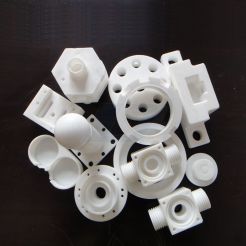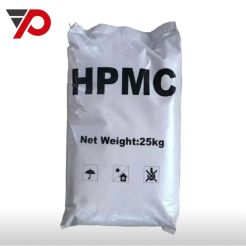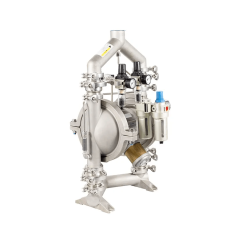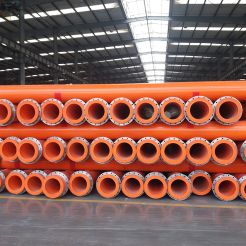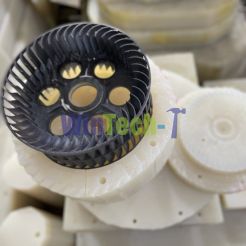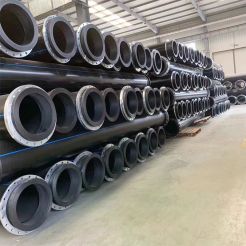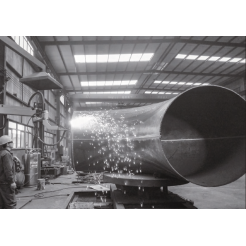Natural Rubber
Natural Rubber
Product Description
Natural rubber can be divided into two categories based on its morphology: solid natural rubber (film and particle rubber) and concentrated latex. In daily use, solid natural rubber accounts for the vast majority of the proportion.
Film can be divided into cigarette film, air dried film, white wrinkled film, brown wrinkled film, etc. according to different manufacturing processes and shapes. Smoke adhesive sheet is the most representative variety of natural rubber, and was once the largest and most widely used type of rubber. Smoke adhesive sheet is generally classified according to its appearance, divided into six levels: special grade, first grade, second grade, third grade, fourth grade, fifth grade, etc. Those that do not reach level five are classified as outer grade rubber
Granular rubber (also known as standard rubber SMR or technical graded rubber TSR) is classified according to internationally unified physical and chemical properties and indicators, including impurity content, initial plasticity value, plasticity retention rate, nitrogen content, volatile matter content, ash content, and color index, among which impurity content is the dominant indicator. According to the national standard GB/T8081-20 * *, the grading of technical grade rubber (TSR) should be determined based on the performance of TSR and the raw materials used in its production.
APPLICATION OF NATURAL RUBBER LATEX 60% DRC
Application:
Currently, centrifugal rubber is widely applied in technology as well as daily life. Because of the rubber itself is a liquid
containing dispersed rubber particles should be very favorable in shaping products such as mattresses, gloves (medical,technical), glue, bubble ... etc.
Latex centrifugation is performed by a disc centrifuge, which separates the water partly to have the desired concentration of solid rubber, the discharged serum can make use of skimbock. Centrifugal rubber has two types of LA (low ammonia) and HA (high ammonia).
Technical standards for centrifugal latex have been specified, which, during the production process, must meet thesecriteria: VFA (volatile fatty acid), KOH, MST (mechanical stability), alkalinity (NH3), TSC (total solids content), DRC (dry rubber content) ...etc

